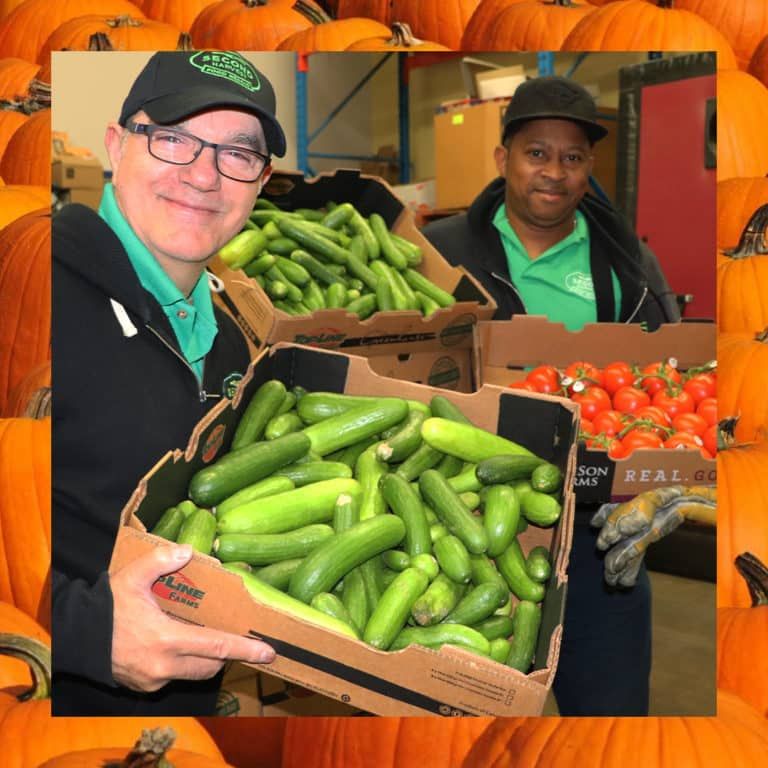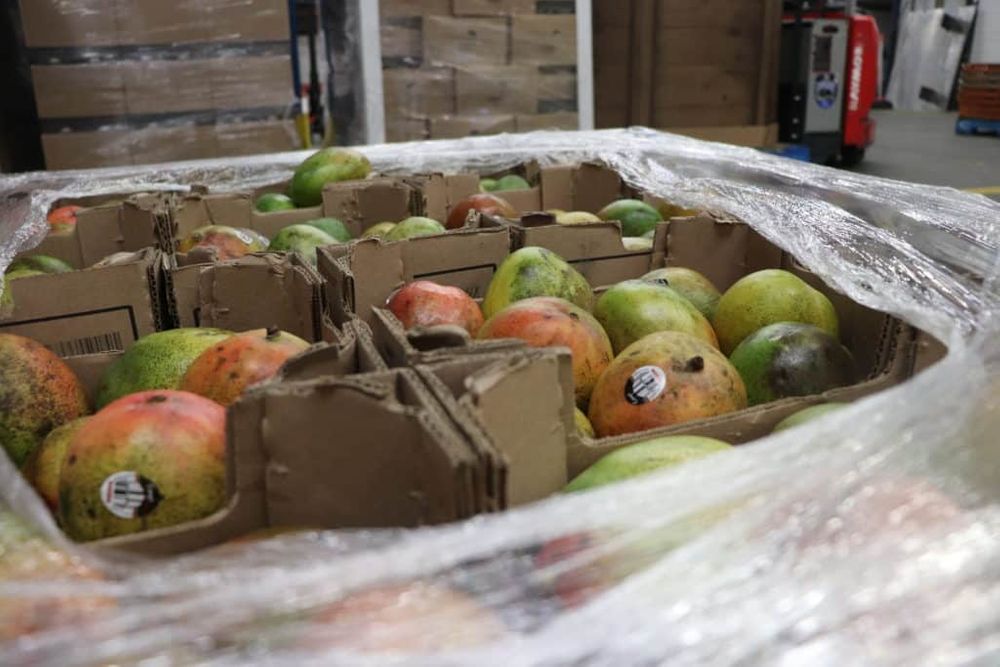Turkey, Turkey, and more Turkey. The ultimate Thanksgiving staple. Due to a wide eye and excitement, we usually fill our plates a little too much, contributing to the 50% of food that gets thrown into landfill every year. Thankfully, we have Second Harvest, an organization that helps to minimize the deterioration of our environment.
Second Harvest is a food recovery agency that focuses on environmental protection and food access to communities. They connect with the food supply chain to collect surplus food. These partners include restaurants, wholesalers, and local farms to redistribute the food to non-profit organizations like ESBGC. The food is delivered through the freedom truck to the various non-profit and charity organizations they support.



